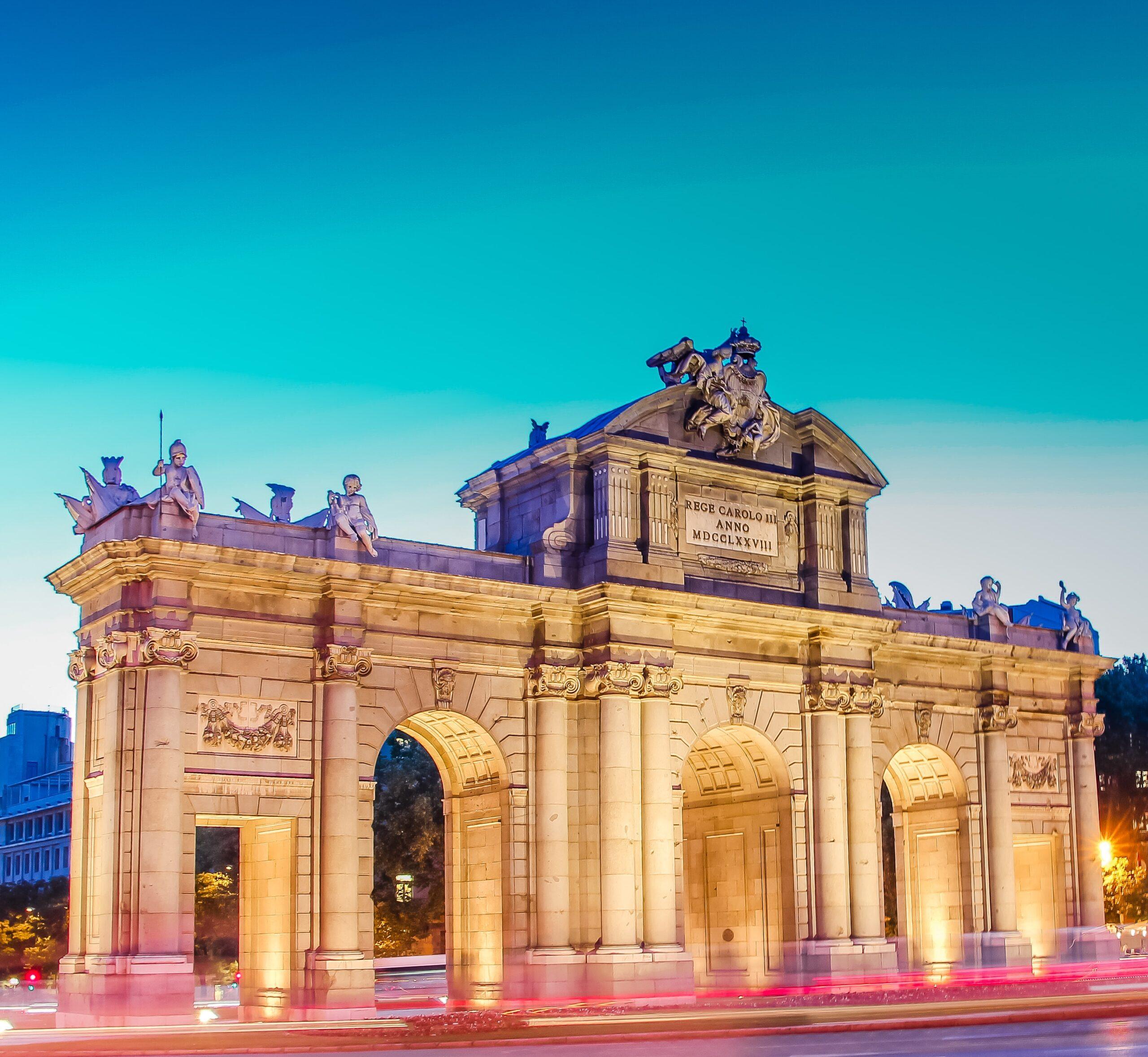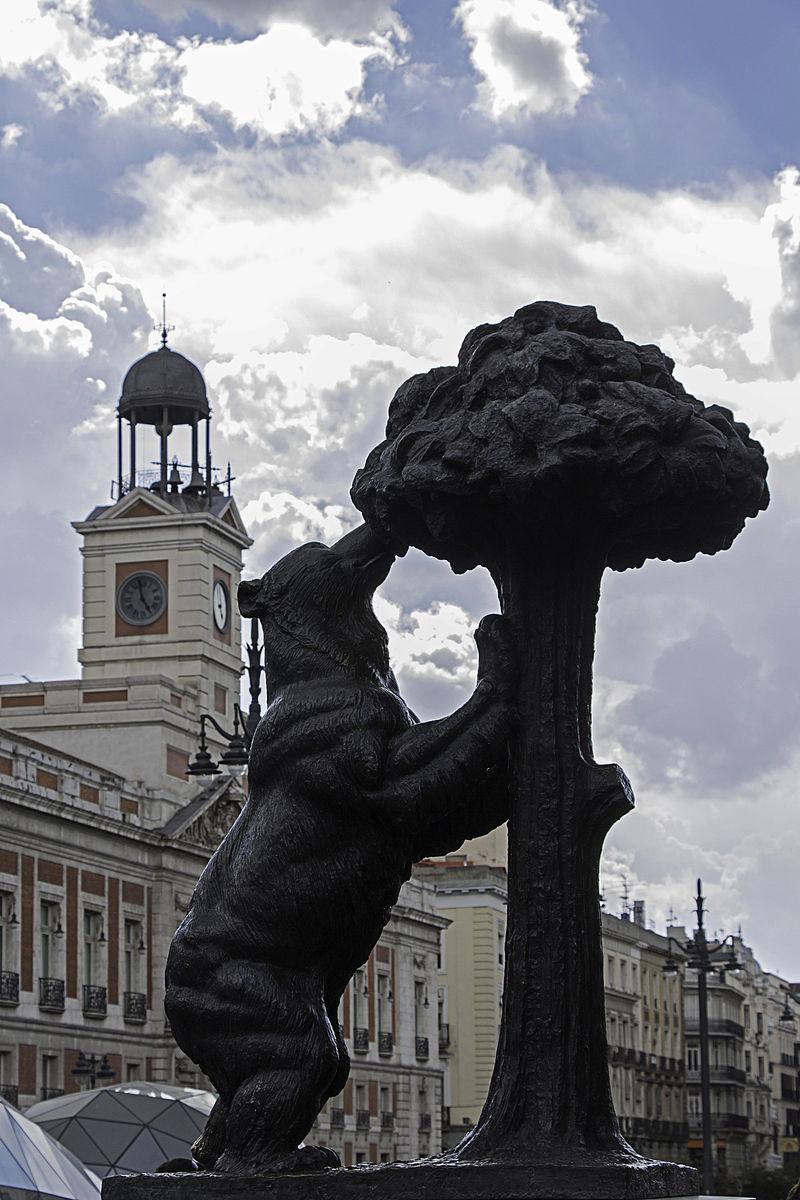Madrid is a city that loves its public transport, and it has a lot of options to get around. Whether you need to get from one end of the city to the other or just want to explore some of the areas off the beaten path, Madrid has got you covered. Here are some of the best public transport options in Madrid.
What is public transport like in Madrid?
Public transport in Madrid is both efficient and affordable. There are a variety of options, including buses, metro, and commuter trains. In addition, there are bike-sharing programs available, which make it easy to get around town.
How to use public transport in Madrid
Using public transport in Madrid is easy and convenient. The Metro, buses and trams are all well-maintained and have frequent service. Prices are reasonable, especially for children. Most buses have Wi-Fi, so you can stay connected while travelling.
The best time of day to use public transport in Madrid
Public transport in Madrid can be used at any time of day, but the best time of day to use it is usually in the morning or late afternoon when it’s less crowded.
How much does it cost to use public transport in Madrid?
There is no one definitive answer to this question as the cost of using public transport will vary depending on the distance travelled, time of day, and route taken. However, a basic cost per journey for a single ticket on Madrid’s metro system is €1.20. For buses, the cost is €0.60 per ticket, and for trams it is €0.40.
Madrid’s Public Transport System
Madrid’s public transport system is one of the most extensive in Europe. In a city of almost three million people, there are over 400 bus lines, 92 metro lines, and over 100 tram lines.
The metro and buses are run by two private companies – Metro de Madrid (with a monopoly on line 1) and AVE (with a monopoly on line 6). Tram lines are operated by the city government.
Tickets can be bought from any station or kiosk, or online at www.mcu.es or www.pucm.es. The single tickets cost €1.50 for adults and €0.80 for children aged six to 18 years old, and they can be used on all modes of transportation – metro, buses, trams, and trains – within the city limits including suburban townships. There are also monthly and weekly passes available.
For tourists unfamiliar with the Spanish currency, the prices are written in euros as well as Spanish pesetas (€1 = €0.81; €6 = €3.59). Prices increase on weekends and holidays. Metro stations close at midnight on weekdays and at 2 a.m.
How to Use Madrid’s Public Transport
If you are looking for a way to get around Madrid without having to use your own car, public transport is an excellent option. Madrid’s public transport system is extensive and covers the entire city. There are also a number of different types of buses and trains that cater to different needs and budgets. Here are some tips on how to use Madrid’s public transport:
-To find the route map for the public transport system, visit the website of the Madrid Transport Consortium (www.mtm.madrid.org). This website includes all of the available routes and timetables, as well as journey planner software that you can use to plan your route ahead of time.
-Tickets can be bought online or at ticket machines located near most bus stops and railway stations. Prices range from €1.50 to €4.50 per ride, with discounts available for children and for people using public transport on consecutive days.
-Please note that some lines run 24 hours a day, while others operate only during weekday rush hours (between 7am and 9am and 4pm and 6pm). If you’re looking for a late-night option, try going out on one of Madrid’s night buses.
Madrid’s MRT Line
Public transport in Madrid is efficient and well organized. The city has a metro system (Métropolitano), which runs through the center of the city and has eight stations. The metro operates from 5:00am to midnight daily. Tickets can be bought at machines located at the entrances to the metro stations, or from ticket offices near the exits. Single tickets cost 3 euros, and a 7-day pass costs 10 euros. Metro tickets can also be used on buses, trams, and commuter trains.
The MRT Line is a rapid transit line that runs between the airport and downtown Madrid. It opened in 2013 and provides fast, convenient transportation for residents and tourists in Madrid. The MRT Line has 13 stations, including two terminals – Las Rozas and Atocha – that are connected by a shuttle bus. The Line has a total of 16 cars that run on rubber tires and can reach speeds of up to 80 kilometers per hour. Tickets for the MRT Line can be bought online or at ticket offices located at each station. The Line runs from 5:00am to midnight daily.
Metro Bus Lines in Madrid
Madrid has a metro and bus network that covers most of the city. Metro is the most efficient way to get around and there are several lines that run through the center of town. Buses are cheaper but can be less reliable depending on where you are in the city.
Metro:
The Metro system covers most of central Madrid and is well-organized. There are 12 lines, each with a number and a letter designation. The platforms are at street level and trains run every 3 minutes during peak hours and every 5 minutes during off-peak hours. A single ticket costs €1.50 for adults and €0.80 for children aged 6 to 11 years old.
Buses:
Buses are cheaper than the metro, but they can be less reliable depending on where you are in the city. There are over 100 bus lines throughout Madrid, each with a different route and schedule. Bus tickets cost €1.25 for adults and €0.75 for children aged 6 to 11 years old
Cheap and Fast Madrid Transportation
Madrid is a great city to explore on foot, but if you want to get around quickly and cheaply, public transportation is your best bet. The Metro and bus system are both cheap and efficient, and there are plenty of options for getting around town. Here are four great tips for using public transportation in Madrid:
1. Know the Metro map well. The Metro system is easy to use, but there are a lot of different stations and routes. To save time, memorize the map well so you can avoid getting lost.
2. Use the Metro at off-peak times. The Metro is busiest during rush hour, but there are usually less people on the trains during the afternoon and evening hours. This means you’ll save money by using the Metro at these times instead of driving or taking a taxi.
3. Use online ticketing services. If you’re staying in Madrid for more than a day or two, it’s worth investing in an online ticketing service like Navigo or Transferencia24/7. These services let you purchase tickets before you leave home, making it easier to use public transportation without worrying about missing your stop or finding a ticket booth when you need it.
Fare Changes and Discounts
Public transport in Madrid is one of the most popular means of transportation in the city. There are a variety of different types of public buses and metro lines that run throughout the city. The cost of a single ride on public transport can vary depending on the time of day and the route taken. However, there are often discounted fares available for students, seniors, and those with disabilities.
For example, regular adult fares on the Metro can range from 3 to 6 euros, but there are often discounts available for students, seniors, and people with disabilities. For instance, a student fare on the Metro costs 2 euros during daytime hours and 1 euro after 11pm. A senior citizen’s fare costs 1.50 euros during daytime hours and 0.70 euros after 11pm. And a fare for people with disabilities costs 0.50 euros during daytime hours and 0.25 euros after 11pm.
There are also discounted tickets available for weekly or monthly passes. For instance, a monthly pass costs 19 euros for adults and 9 euros for children or seniors, but there are often discounts available for these passes if purchased in advance.
In addition to discounted fares, Madrid has a number of bus lanes that allow buses to
Conclusion
Public transport in Madrid can be a bit of a headache if you’re not used to it. However, with some patience and research, you’ll be able to get around town without any trouble at all. Here are some useful tips for getting the most out of your public transport experience in Madrid:
1) Make sure to research ahead of time which lines will serve your needs best – by using the MOMENTO app or online, you can map out which bus lines stop near where you need to go. This way, even if you miss your first bus, there’s a good chance the next one will take you right where you need to go!
2) If travelling during rush hour (between 7am and 10am), try to avoid using buses altogether and instead opt for metro or commuter trains – they’re much more efficient during these hours.
3) Don’t forget about Madrid’s bike rental service – by taking advantage of this convenient option, not only will cycling through downtown become significantly cheaper than taking public transportation, but also pollution levels within the city will likely be lowered as a result!





